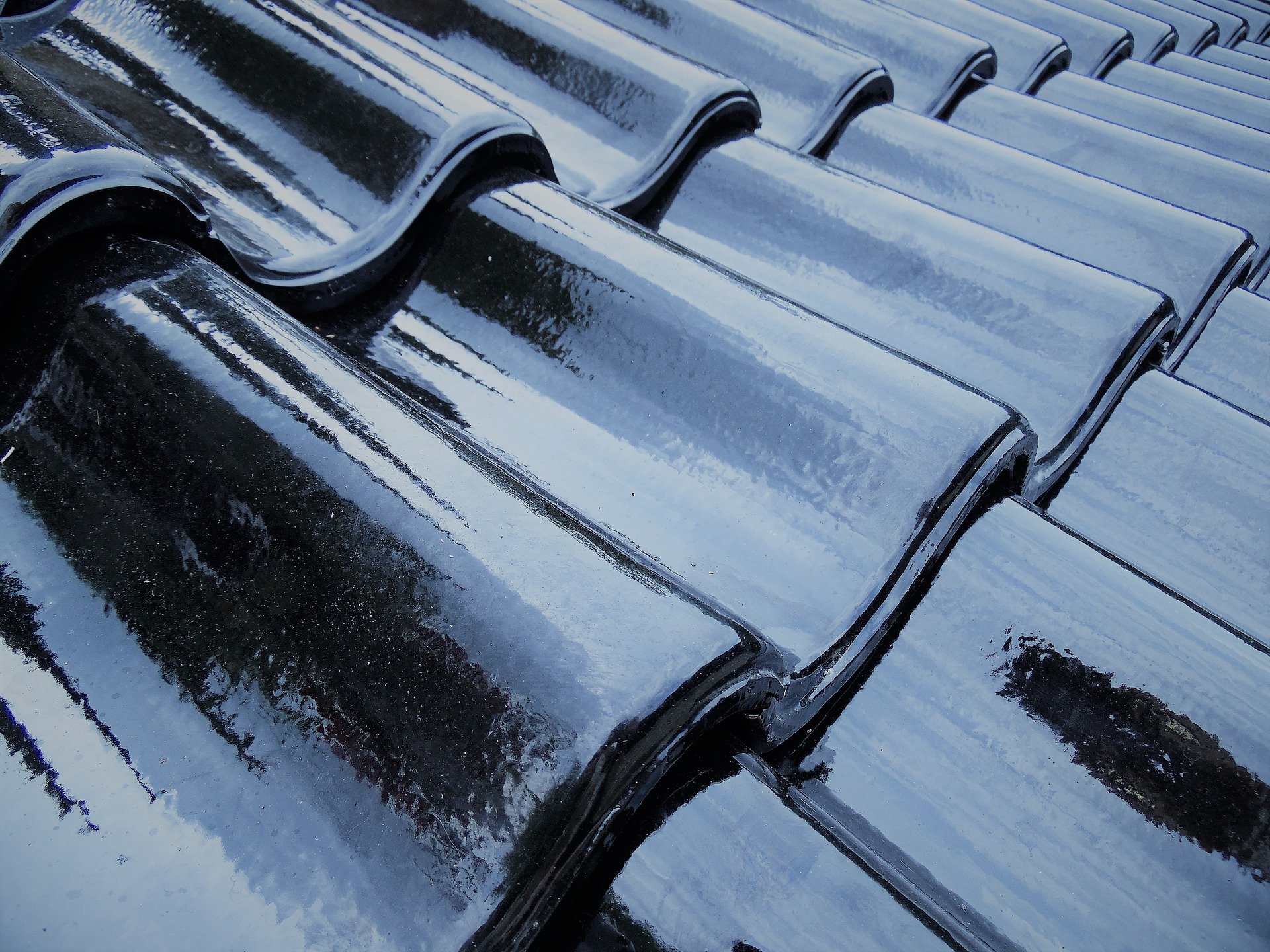 In any commercial structure, the roof is one of the most important contributors to energy efficiency. Solar radiation is absorbed or reflected by the roof, and its composition makes a big difference in what becomes of all that heat. That, in turn, influences the usage patterns of your HVAC system.
In any commercial structure, the roof is one of the most important contributors to energy efficiency. Solar radiation is absorbed or reflected by the roof, and its composition makes a big difference in what becomes of all that heat. That, in turn, influences the usage patterns of your HVAC system.
In warmer climates such as Florida, this is far from an academic question.
The cooling season in Florida lasts a minimum of five months of the year. Sometimes, the weather remains sweltering hot through October and well into November. With months and months of keeping your indoor temperature in the 70s or 60s, every little bit counts in saving money on your company’s electric bill.
That has inspired various cooling solutions that affect your roofing system.
Reflective Roofing Transforms a Building’s Thermal Performance
It’s long been understood that light colors reflect light while darker colors have a tendency to absorb it. The more reflective a surface is, the more heat will be diverted. For a roof, with its direct exposure to the sun and other elements, differences in coloration can significantly impact thermal performance.
As a general rule, businesses and homeowners alike are better off when more solar radiation is reflected away from the roof. When too much heat infiltrates a structure, it can quickly become stifling hot. If there are leaks or other problems with the outer envelope of the building, hot air will not flow freely upward as it should.
This can turn keeping your workplace cool into a prolonged, costly struggle.
Higher reflectivity makes it easier to keep a structure cool in the summer and warm in the winter. That has resulted in a number of popular roofing technologies that prioritize reflectivity. For example, you might be familiar with “cool roof” shingles that incorporate reflective granules, giving them better performance and a lovely appearance.
Unfortunately, many of these solutions aren’t optimized with businesses in mind.
Most businesses don’t have the funds to replace a roof on demand. Roof replacement can create serious safety concerns, too, usually leading to several days of interruption in business. Even companies that already have a metal roof – which has superior reflective qualities – can’t leverage it to the utmost without additional work.
Luckily, reflective roof coatings can provide great results with minimal disruption.
Choosing the Right Reflective Roof Coating for Your Structure
Reflective roof coatings are white in color and include ingredients that enhance reflectivity. In addition to their energy efficiency, they help keep air temperature low, mitigating the “urban heat island” effect in areas with dense commercial development.
Today’s reflective roof coatings can be applied in a matter of a few hours by professional painting contractors. The quality of the coating is measured using Solar Reflectance Index (SRI), which takes two factors into account:
-
The fraction of solar energy reflected by the roof during the day
-
The relative ability of the treated roof to radiate absorbed heat
SRI is measured on a scale from 0 to 100, with 100 being the best. In practice, untreated black roofs may have an SRI rating near zero. On the other hand, white roofs with coatings designed to maximize reflectivity only reach the highest reflective output when the roof is clean. Regular maintenance is essential to performance.
With that in mind, always select the coating with the highest SRI.
How Reflective Roof Coatings Help Businesses Save Money
Fewer and shorter HVAC cycles can save a business thousands of dollars over the course of a year.
While there are some costs associated with cleaning and maintaining your roof coating, these are modest in comparison to the energy savings you stand to achieve. Reflective roof coatings don’t simply alter the look of the substrate, but often improve the longevity of the roof as a whole at the same time.
For the coating to remain smooth, clean, and white, most coatings are specially formulated to resist attracting dirt. They can also have additives that protect against rain and allow water to run more easily off the surface. Many liquid-applied cool roof coatings are based on an acrylic elastometric polymer that retains elasticity for extended periods of time. This enables the coating to last much longer between reapplications.
Energy savings combine with reduced maintenance and ownership costs to make reflective coatings a wise choice for most businesses. Regardless of what type of roofing system you have, there is sure to be a cool roof coating appropriate for your needs. To reap the benefits, though, the application must be flawless.
When you decide on a reflective roof coating, be sure to get a maintenance plan from your painters so you know when the roof will need cleaning, a touch-up, or other care. With just a few hours of effort each quarter, you can get outstanding performance without needing an all-new roof.
{{cta(‘9356bbf0-d14e-480d-988b-2427a4af661a’)}}






